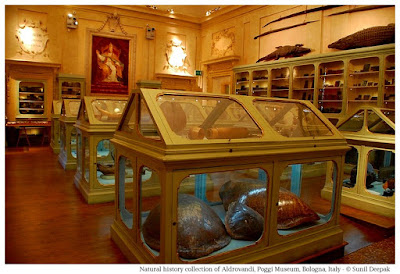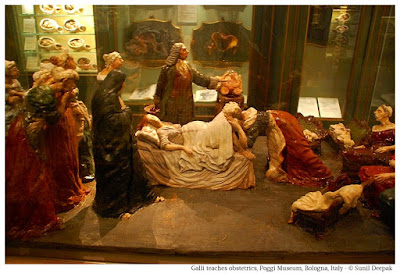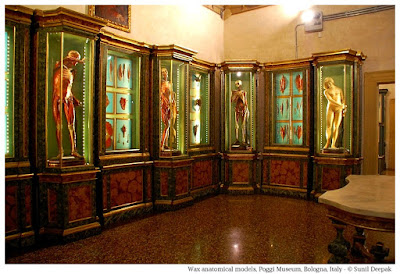Fort Kochi is like the Indian spice mixture, Masala, with different ethnic and religious groups. This part of India is known to offer refuge to persecuted persons from different parts of the world since ancient times. It offers numerous opportunities to discover verdant Kerala countryside as well as, to learn about the art and culture of this ancient land. The first image is from a visit to the Folklore museum near Fort Kochi.
For general information about Fort Kochi, seaside places to visit and important places of different religions in the area, you can also check the first part of this post.
MUSEUMS
Generally I love visiting museums. Unfortunately in India, the museums are dusty ill-kept places with little information about the exhibits and old fashioned rules like prohibition of photography. However, Fort Kochi was an exception to this trend. So let me start this post with the museums around Fort Kochi.
Ernakulam District Museum is near the Chinese fishing nets and the beach in Fort Kochi. When I visited it in April 2017, it was closed for renovation. However, I could still visit its gardens and admire the various sculptures exhibited there. It is located in a heritage building known as the Bastion Bunglow. The image below presents a sculpture by Joseph M. Verghese from the museum gardens.
Another important local museum is the Folklore Museum at Thevara bridge connecting Kochi to Fort Kochi. You can take an auto to go there. You can also take a public bus going to Thevara. However the bus drops you 3 km away from the museum so you need to walk or to take an auto for the last part of the journey.
Around Fort Kochi there are a few art galleries. You can also admire a lot of street art like the one in the image below.
Fort Kochi has different ferry ports for visits to neighbouring areas. For example, a 10 minutes ride costing a few Rupees on the Tourist boat will take you to Vypin island just across from Fort Kochi. I took this ferry and visited its light house. With red and white stripes, the light house looked very beautiful in the evening sun. It is located close to a popular beach.
There is another ferry connecting Fort Kochi to the twin city of Ernakulam. This 20 minutes ride, including a stop-over in Willingdon island, will take you to different malls and shopping centres of Kochi and Ernakulam.
You can also try a back-water tour in Fort Kochi. Different local companies organise half or full day trips for backwater canals trips. They take you in a vehicle to Vaikom, from where you take a boat to go around these canals which go through the villages. The cost for a full day trip varies from Rs 850 to Rs 1500 and includes a traditional Kerala lunch. It is an opportunity to observe the calm village life, people and nature. The image below has a kingfisher bird seen during a backwater tour.
RELIGIONS AND ETHNIC GROUPS IN FORT KOCHI
In conjunction with Kochi Art Biennale, Sahapedia has been involved in a mapping of different communities in Fort Kochi. The few examples of community-mapping I saw during my visit were very interesting. A mixture of persons from different religions and ethnic backgrounds live in Fort Kochi.
This second part of the post on Fort Kochi focuses on art, culture and day-trips opportunities. It is a magical place where art and culture are part of your daily living experience. I loved staying in Fort Kochi.
You can also check the first part of this post for general information, seaside places to visit and important places of different religions in Fort Kochi,
***
































































